Facility Spotlight: Move Well Fitness in Washington, DC
Move Well Fitness provides a very systematic and detailed fitness program that not only deals with the physical body, but, also nutrition and mindset.
Lost your password? Please enter your email address. You will receive a link to create a new password.
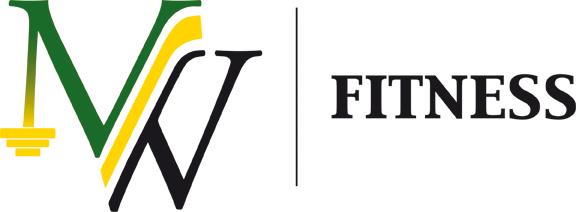
Move Well Fitness provides a very systematic and detailed fitness program that not only deals with the physical body, but, also nutrition and mindset.

Christine Yanke is the first person in Canada to graduate from a program called Yogafit for Warriors. She teaches trauma-based yoga classes to those people who suffer from Post Traumatic Stress Disorder, emotional trauma or stress.

Mary has 20 years of experience in the industry, and has worked with many populations with ages ranging from 30s to 80s. She specializes in hip and knee strengthening post-PT/surgery.
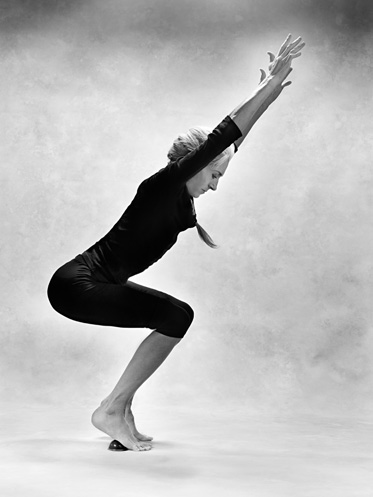
Yamuna is successful in working with chronic back problems, all joint problems, M.S., stroke rehabilitation, TMJ, foot problems, and we have a full pre and post-natal program for women.
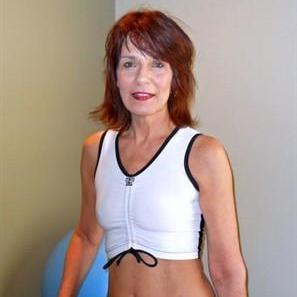
Ann treats patients who are recovering from surgery, weight issues, autoimmune disease, postpartum, and depression.
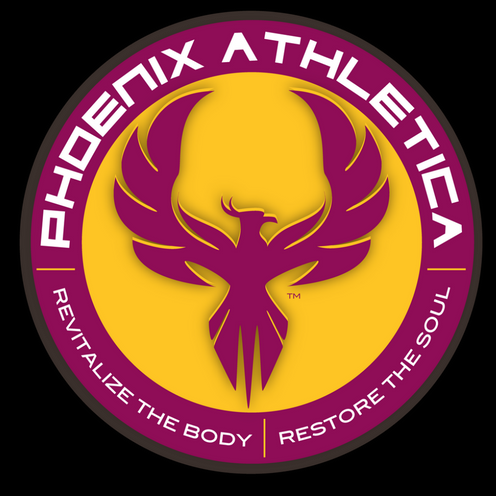
 Name: Phoenix Athletica
Name: Phoenix Athletica
Location: Pocono Summit, PA
Website: phoenixathletica.com
Member Since: 2015
Specializations: TRX, Corrective Exercise, Therapeutic Exercise, Weight Loss
How does your business help those with chronic disease/medical conditions or who need pre & postnatal care?
We offer one-on-one personal training that focuses on the individuals specific needs/goals. We stay up on current trends in medical fitness and attend medically focuses workshops as it relates to fitness training.
What makes your facility different from other medically oriented facilities?
We are the only medically oriented fitness training facility in our area.
What are the services you provide?
Personal training, weight loss, nutritional guidance, and group classes/semiprivate workouts
How long has your facility been in business?
Since 2014
Does your business support any community activities in your area and if so, what are they and why these?
We support the Linda Geed Breast Cancer 5k event and various local school organizations. We like to stay involved in our immediate community as much as possible.
What is a favorite memory of yours working with someone who had a health challenge or disability?
We have a client who went from a wheelchair to a walker to walking on his own after having severe brain injuries. He now enjoys training on our spin bikes and using the TRX.
What would you like to see change/develop/emerge in the future of healthcare and the fitness industry?
We would like to see that personal fitness is covered by health insurances, especially for those who critically need it but can’t afford it.
And what are you doing to make this happen?
We have signed letters to state congressman asking them to make this a reality.
Does your business have a motto, if so, what is it?
Revitalize the body, restore the soul!
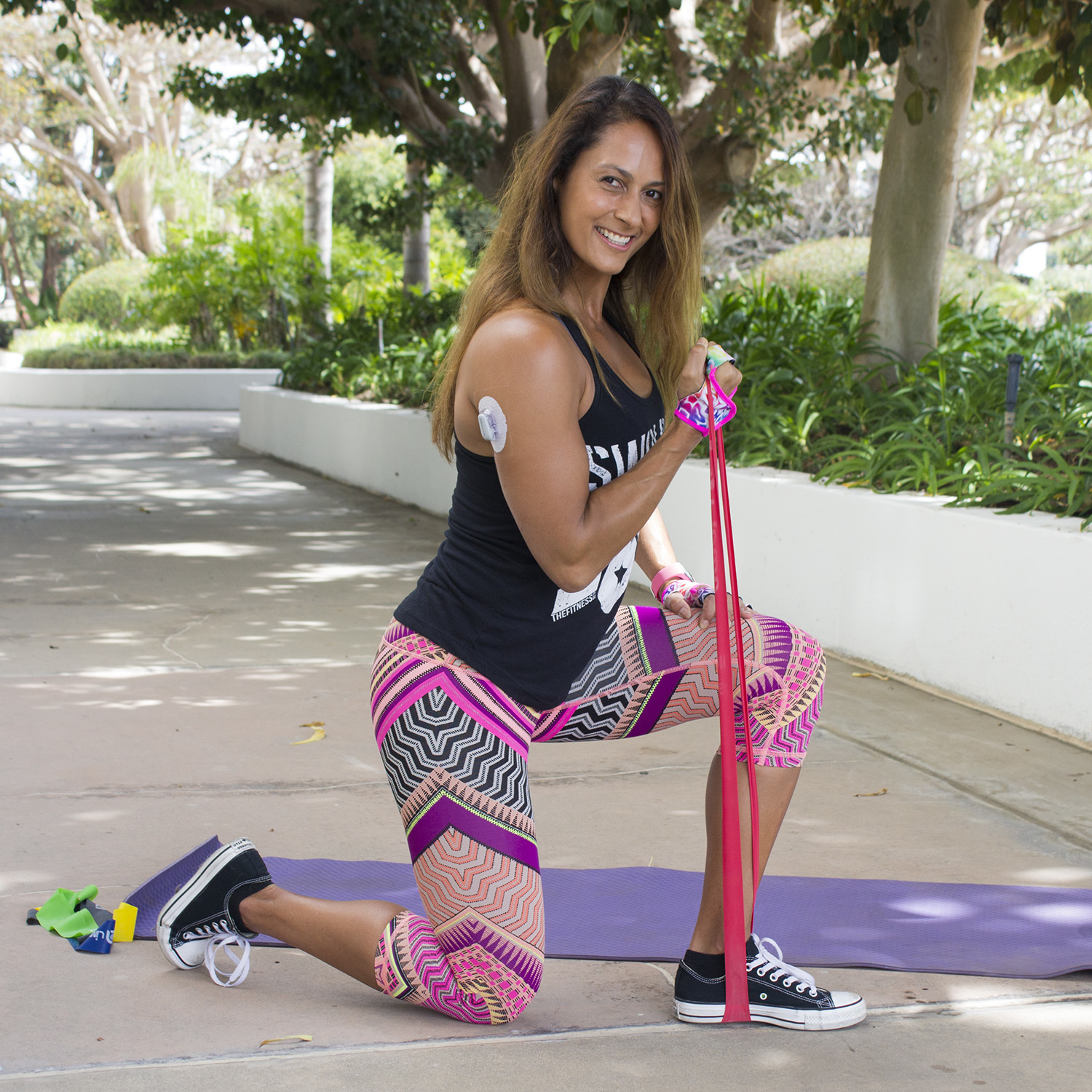
I help people living with diabetes exercise safely and effectively. Especially for those taking insulin, exercise can be complex because it can lead to dangerously low blood sugars. With a structured approach and the right coaching, those risks can be reduced significantly.

 Name: Lori Michiel
Name: Lori Michiel
Location: Southern California
Website: LoriMichielFitness.com
Member Since: 2016
Occupation: Personal Fitness Trainer and Group Exercise Trainer for Seniors
How did you hear about MFN?
Last year, while searching for a specific trainer for a senior client with special needs in Orange County, MFN’s President and Founder, Lisa Dougherty, responded to my request. She shared her inspiring story of MFN and I was hooked!
How do you or your business help those with chronic disease/medical conditions or who need pre-& postnatal care?
As a youthful, 62-year-old Certified Personal Trainer, who, along with my team of 23 trainers, create clinical exercise and movement programs for 50-plus year old clientele of all levels of fitness.
Our trained instructors and physical therapists have a knowledge-based foundation to design a customized fitness programs for our clients. Some of our clients are making the transition from a medical model (rehab) to one of physical activity. Other clients (or their families) hire us because they want to reduce their risk of falling, maintain their strength or remain vital as they age. I also teach the fundamentals of how behavioral habits can strengthen their connection to independence.
What makes you different from all the other fitness professionals out there?
I have a far-reaching and vast background in helping seniors, so I combined my personal passion of physical fitness with my extensive background in home health and hospice for seniors. My entrepreneurial journey began in the 80’s. I started a very successful referral agency for families looking for assisted living for their aging loved ones. Prior to my business, in my spare time, I volunteered for over 20 years at assisted living communities where I would take the residents on wheelchair walks and offered musical entertainment. I sang and danced to Broadway show tunes and inspired the residents to participate in movement of all kinds.
While working in home health, I learned about Medicare regulations. I also participated in meetings with the interdisciplinary team of physical and occupational therapists in addition to nurses and physicians where I learned about various conditions that limited our patients from living full and productive lives. I then became a certified Residential Care Facilities for the Elderly Administrator (RCFEA) so I would understand the protocols when referring clients and their families to assisted living and rehab facilities. When I decided to leave the referral agency, a friend of mine suggested I become a personal trainer since I had much experience working with seniors and was devoted to physical activity.
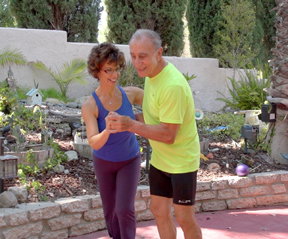 What is your favorite activity or class to participate in?
What is your favorite activity or class to participate in?
Dancing is my favorite activity. I met my husband dancing and we still use any excuse to dance. Even around the house, we’ll put on some music and dance in the living room. Music is a big part of my life. In my monthly newsletter, I list at least three songs to motivate my clients. The eclectic choices of songs listed range from Broadway show tunes to pop/rock to classical.
What is one piece of advice that you would give other fitness professionals about working with special populations or those who need pre & postnatal care?
Don’t get into the business of working with special populations such as seniors because the marketing experts say that it is lucrative. Follow your heart. If you want to make a difference in your clients’ lives and you understand that some may not be with you in the long term as with a younger clientele, it can be the best career move you could make in our industry.
What type of community activities are you involved in?
MAPS Charities, a non-profit organization that assists disadvantaged seniors in Los Angeles County, speaking to support groups at The Parkinson Resource Center and I teach several Arthritis Foundation Exercise Program classes each week at local assisted living communities.
What is one of your favorite memories involving working with someone who has a health challenge or disability?
The most inspiring person I know is Alice. We met in 2009 shortly after she moved to the assisted living community where I had just started teaching a balance class. She attended only once. She approached me after class and asked if I would train her privately after her knee replacement surgery. That was seven years ago, she is now almost 92-years-old and, although she has had a few recent setbacks, she continues to travel, play piano, does her “Jack LaLanne routine” at home each morning and comes to see me twice a week at my home studio. We warm up with some dancing to Big Band music, occasionally play tug-of-war and then she thanks me for my patience with “this ole lady.” I adore her.
What would you like to see change/develop/emerge in the future of healthcare and the fitness industry?
I would like to experience a less competitive environment. We should be more supportive of one another. I often give and receive referrals from competing trainers and companies when the client is just not the right fit.
And what are you doing to make this happen?
I try to meet as many trainers as possible at places such as annual conferences as well as joining and utilizing services and organizations such as Medical Fitness Network. I educate my fellow trainers through workshops with The Lori Method, a customized workshop for trainers who serve seniors. Also, action inspires other to do more: I continually try to help and inspire by spreading the word through social media, blogging, videos, etc.
What is your favorite fitness/inspirational/motivational quote?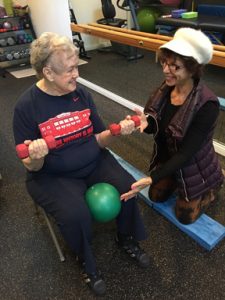
“My goal has always been to help people help themselves. Your body is your most priceless possession: you’ve got to take care of it!” – Jack LaLanne, International Fitness Expert
Anything else we should know about you?
My real middle name is Peppi! I am thrilled to be celebrating my tenth year with Lori Michiel Fitness and am honored that I am often asked to be a guest speaker for radio programs such as NPR and interviews on shows such as Huffpost Live; I have also been called on as an expert witness in court. My husband is 21 years my senior, works out every day and resembles the late Jack LaLanne.
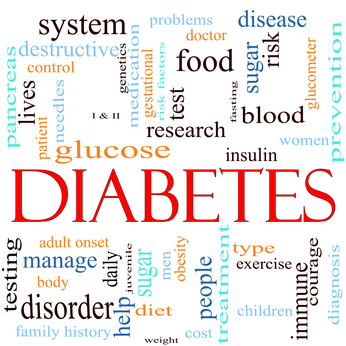
The adoption and maintenance of physical activity are critical foci for blood glucose management and overall health in individuals with diabetes and prediabetes. Recommendations and precautions vary depending on individual characteristics and health status. In this Position Statement, we provide a clinically oriented review and evidence-based recommendations regarding physical activity and exercise in people with type 1 diabetes, type 2 diabetes, gestational diabetes mellitus, and prediabetes.
Physical activity includes all movement that increases energy use, whereas exercise is planned, structured physical activity. Exercise improves blood glucose control in type 2 diabetes, reduces cardiovascular risk factors, contributes to weight loss, and improves well-being (1,2). Regular exercise may prevent or delay type 2 diabetes development (3). Regular exercise also has considerable health benefits for people with type 1 diabetes (e.g., improved cardiovascular fitness, muscle strength, insulin sensitivity, etc.) (4). The challenges related to blood glucose management vary with diabetes type, activity type, and presence of diabetes-related complications (5,6). Physical activity and exercise recommendations, therefore, should be tailored to meet the specific needs of each individual.
Physical activity recommendations and precautions may vary by diabetes type. The primary types of diabetes are type 1 and type 2. Type 1 diabetes (5%–10% of cases) results from cellular-mediated autoimmune destruction of the pancreatic β-cells, producing insulin deficiency (7). Although it can occur at any age, β-cell destruction rates vary, typically occurring more rapidly in youth than in adults. Type 2 diabetes (90%–95% of cases) results from a progressive loss of insulin secretion, usually also with insulin resistance. Gestational diabetes mellitus occurs during pregnancy, with screening typically occurring at 24–28 weeks of gestation in pregnant women not previously known to have diabetes. Prediabetes is diagnosed when blood glucose levels are above the normal range but not high enough to be classified as diabetes; affected individuals have a heightened risk of developing type 2 diabetes (7) but may prevent/delay its onset with physical activity and other lifestyle changes (8).
Aerobic exercise involves repeated and continuous movement of large muscle groups (9). Activities such as walking, cycling, jogging, and swimming rely primarily on aerobic energy-producing systems. Resistance (strength) training includes exercises with free weights, weight machines, body weight, or elastic resistance bands. Flexibility exercises improve range of motion around joints (10). Balance exercises benefit gait and prevent falls (11). Activities like tai chi and yoga combine flexibility, balance, and resistance activities.
Aerobic Exercise Benefits
Aerobic training increases mitochondrial density, insulin sensitivity, oxidative enzymes, compliance and reactivity of blood vessels, lung function, immune function, and cardiac output (12). Moderate to high volumes of aerobic activity are associated with substantially lower cardiovascular and overall mortality risks in both type 1 and type 2 diabetes (13). In type 1 diabetes, aerobic training increases cardiorespiratory fitness, decreases insulin resistance, and improves lipid levels and endothelial function (14). In individuals with type 2 diabetes, regular training reduces A1C, triglycerides, blood pressure, and insulin resistance (15). Alternatively, high-intensity interval training (HIIT) promotes rapid enhancement of skeletal muscle oxidative capacity, insulin sensitivity, and glycemic control in adults with type 2 diabetes (16,17) and can be performed without deterioration in glycemic control in type 1 diabetes (18,19).
Read the full article from the ADA online at care.diabetesjournals.org/content/39/11/2065
© 2016 by the American Diabetes Association. http://www.diabete